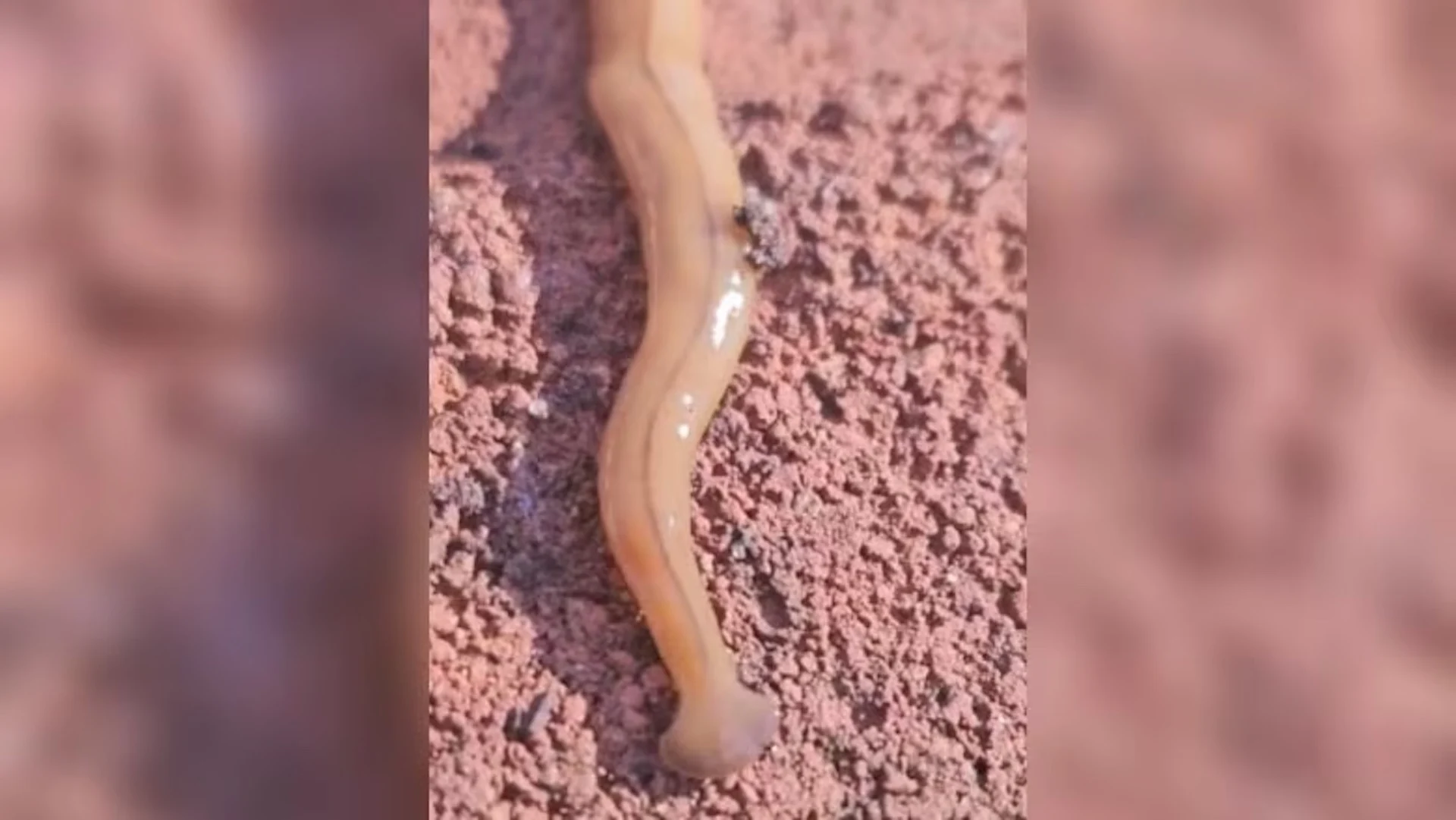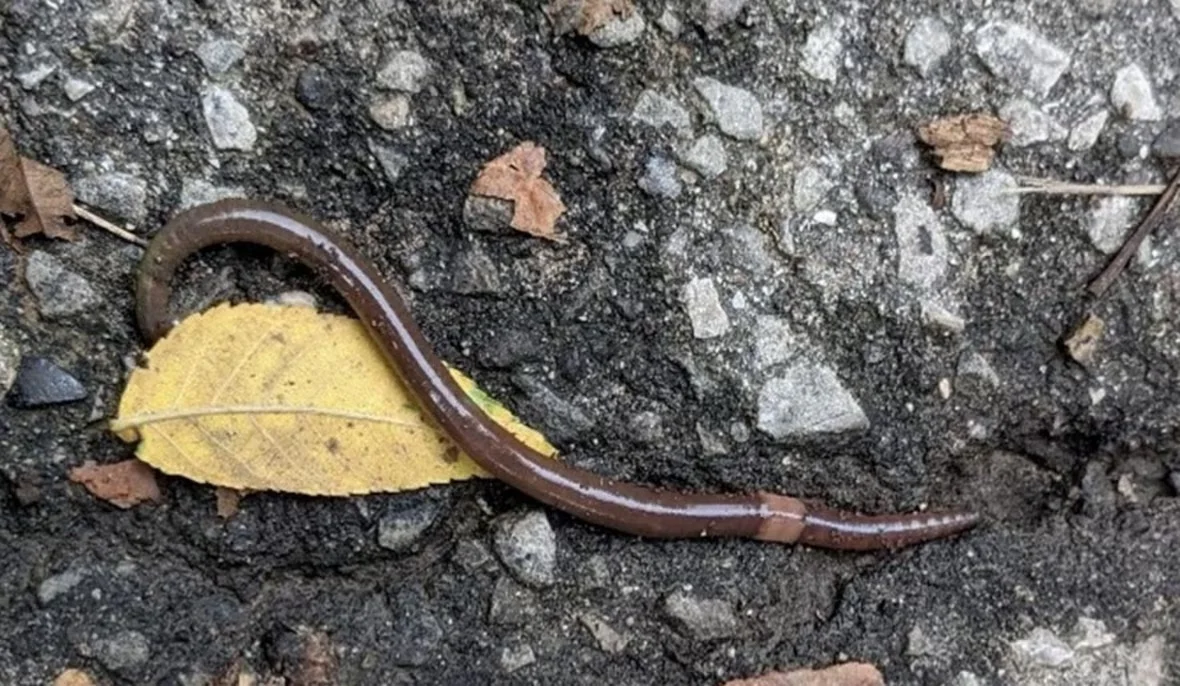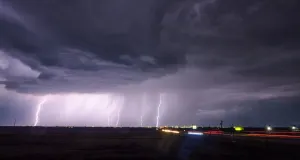
Wondering about invasive and toxic worms in Ontario? Here's what to watch for
Recent reported sightings of a toxic worm in Ontario have caused a stir, but if you find one in your garden, don't "freak out," says a member of a local gardening group.
Cathy Kavassalis, with Master Gardeners of Ontario based in Halton, told CBC Radio's Metro Morning that although hammerhead worms have a neurotoxin in their slimy coating, "you'd really have to pick up a bunch and eat them" for anything serious to happen."
SEE ALSO: Three invasive species living in the Great Lakes
That isn't to say these one- to three-feet-long flatworms are harmless. They aren't, experts say, and while most worms, including the common garden European earthworm which is also technically invasive, are not a worry, there are a few to watch for.
In the U.S., hammerhead worms are considered invasive, with officials warning they could "potentially impact agricultural, horticultural, and natural ecosystems."
Kitchener-based biologist John Reynolds said anytime a species is introduced to a non-native environment, "you have a potential problem."

John Reynolds is a PhD taxonomist and one of the world's foremost experts on earthworms. (Submitted by Reynolds)
This kind, with their distinct hammer-shaped heads, are known to eat native species like snails and slugs.
The worm expert said he has not seen recent official reports on hammerhead worms but knows the species and at least one other kind of invasive worm in the United States have moved north in recent years, aided by warm, humid temperatures.
Three iNaturalist users recently reported hammerhead worm sightings in and around Hamilton. The citizen science tool allows people to post photos of species and is a tool scientists often use to help track invasive creatures. However, Reynolds says that without dissecting one, it's hard to confirm what a worm is from a picture.
If you see an invasive worm, try to capture and report it, or get in touch with him, Reynolds said. "I'd love to see them."
To capture a hammerhead worm, wear gloves to avoid a rash from its toxin, then leave it in a bag in the sun to kill it, he said. And, Reynolds warns, if part of the worm falls off, pick that up too, since it could grow into a whole new worm.
Species not regulated as an invasive in Ontario
A spokesperson for Ontario's Ministry of Natural Resources and Forestry said the bipalium, or hammerhead, species of worm is not one the province regulates under the Invasive Species Act, and is therefore not a creature it tracks.
A spokesperson for the Canadian Food Inspection Agency confirmed it does not regulate the worms either.
Reynolds said he thinks governments should regulate hammerhead worms — and a worm he considers more dangerous: the jumping worm, named for its ability to spring upwards.

Jumping worms often live in dense populations, just a few centimetres below the surface, leaving behind soil that many describe having a texture similar to coffee grounds. (Michael McTavish/Invasive Species Centre)
That worm, Reynolds warns, has been present in Canada since 2014 and can now be found in southern Ontario and in Quebec. He said he's identified four kinds of jumping worm here.
The jumping worm can make soil unsuitable for other species, Reynolds said, affecting resources other creatures need.
Both Reynolds and Kavassalis say the nursery industry is a vector for invasive species.
"If you stop to inspect all the soils for the really tiny eggs of some of these things, it would impede trade," Kavassalis said.
Bringing in plants with bare roots, instead of plants with roots encased in soil would help, she and Reynolds say.
Reynolds also suggests washing one's hands and boots when leaving areas the worms are known to inhabit to avoid tracking their cocoons with you.
WATCH: These are some of the invasive species found in the Great Lakes
Thumbnail courtesy of Jessica Fugard via CBC.
The story was originally written by Justin Chandler and published for CBC News. It contains files from Metro Morning.









